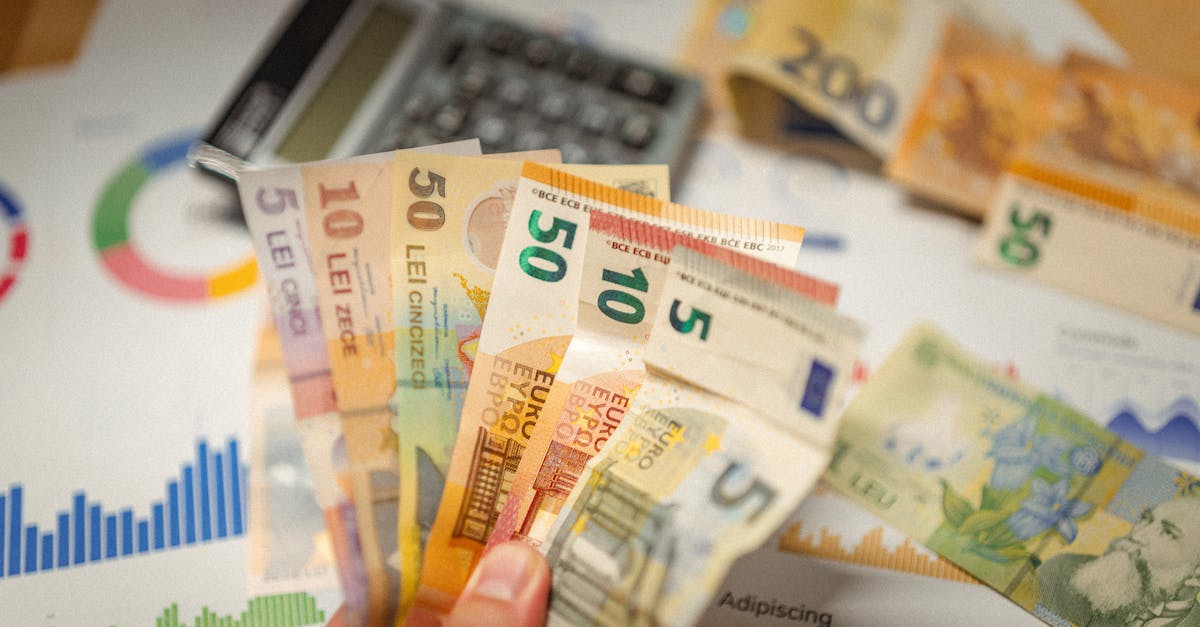Understanding the Impact of Inflation on Your Savings
Introduction
Inflation, a term commonly heard in economic discussions, refers to the rise in prices of goods and services over time. This largely invisible economic force can have a significant impact on your savings and overall financial well-being. As prices increase, the purchasing power of money decreases, affecting what you can afford with your current savings. Understanding how inflation affects savings is crucial in order to make informed financial decisions. Historically, inflation rates have fluctuated, impacting both short-term and long-term savings strategies. This article seeks to unpack the mechanics behind inflation and its implications for your savings. By comprehending these concepts, individuals can take proactive steps to safeguard their financial future.
Advertisement
The Nature of Inflation
Inflation is measured by the rate at which prices for a basket of goods and services rise over time. Central banks, such as the Federal Reserve, aim to maintain inflation at a stable rate, typically around 2% annually, in order to ensure economic stability. Various factors contribute to inflation, including increased consumer demand, rising production costs, and even government policies. When inflation occurs, the currency’s value diminishes, reducing the quantity of goods and services that money can buy. This decline in purchasing power can disproportionately affect those on fixed incomes or with large cash reserves. Yet, while moderate inflation is considered normal, high inflation can erode purchasing power, affecting savings negatively.
Advertisement
Inflation’s Erosion Effect
One striking effect of inflation is its impact on the future value of savings. Simply put, as inflation rises, each dollar saved today will buy fewer goods and services tomorrow. This is especially concerning for those who allow their savings to sit in low-interest accounts that fail to outpace inflation. Without appropriate strategies, these savings can see diminished real-world value over time. Savings accounts with interest rates lower than the inflation rate ultimately lose value, meaning your purchasing capability weakens. It's crucial, therefore, for savers to identify investment opportunities and savings accounts that keep pace with or exceed inflation rates.
Advertisement
Real vs. Nominal Value
To grasp inflation’s true impact, it's essential to distinguish between nominal and real value. The nominal value is the current dollar value represented without adjusting for inflation. In contrast, the real value takes inflation into account, providing a clearer picture of purchasing power. For example, if you have $10,000 in a savings account that earns 1% interest annually, but inflation is at 2%, your real purchasing power actually decreases by 1% each year. This erosion underscores the importance of not merely looking at nominal growth of savings but understanding the real growth adjusted for inflation.
Advertisement
Effect on Different Types of Savings
Inflation affects different types of savings in varied ways. Traditional savings accounts, often with low-interest returns, are typically inadequate in offsetting inflation. Certificates of deposit (CDs) and treasury bonds may offer better protection, although they come with different challenges and commitment lengths. More diversified portfolios, including stocks and bonds, tend to yield better long-term returns that can surpass inflation rates. Retirement accounts also need to be structured with inflation in mind, ensuring that their growth matches the pace of inflation to guarantee a stable future income.
Advertisement
Inflation-Protected Strategies
Protecting savings against inflation is not only about choosing the right type of account or investment; it requires a comprehensive approach. Diversifying investments in assets traditionally known to outpace inflation, such as equities and real estate, can offer stability. Inflation-protected securities, including TIPS (Treasury Inflation-Protected Securities), also adjust for inflation, safeguarding purchasing power. It's beneficial to engage with a trusted financial advisor to create an inflation-conscious savings plan that aligns with personal risk tolerance and long-term goals. Regularly monitoring these strategies ensures they remain robust against fluctuating inflation rates.
Advertisement
The Role of Compound Interest
Compound interest can be a powerful ally in the battle against inflation. When savings earn interest, and that interest itself earns interest, it can significantly accelerate the growth of savings. However, for compound interest to combat inflation effectively, the yield must outstrip inflation rates. This means savers should seek financial products or investments that leverage compound interest wisely. By understanding and harnessing compound growth, individuals can counteract the adverse effects of inflation, supporting the purchasing power of their savings over time.
Advertisement
Psychological Perspectives on Inflation
Inflation can also impact savers psychologically. The fear of eroding savings can lead to short-term thinking, focusing on immediate returns rather than long-term financial health. This reactive behavior can lead to hasty investment decisions, potentially compromising future financial stability. Understanding inflation's influences can mitigate emotional reactions, encouraging disciplined saving and investing practices. Education around inflation empowers individuals to make informed decisions, reducing anxiety about future economic conditions. Aligning financial strategies with realistic life goals promotes confidence in maintaining savings despite inflationary pressures.
Advertisement
Government Policy and Inflation Control
Governments and central banks play pivotal roles in controlling inflation. Through policy measures such as adjusting interest rates, they influence economic growth and inflation levels. High-interest rates encourage saving rather than spending, controlling inflation by reducing money circulation. Conversely, low-interest rates boost spending and investment by making borrowing cheaper, which can, in turn, fuel inflation. Staying informed about monetary policy changes helps savers predict potential inflationary impacts on their savings. Governments also launch initiatives, like tax incentives for specific investments, to cushion inflationary effects.
Advertisement
Conclusion
Inflation presents both challenges and opportunities for savers seeking to preserve their purchasing power. Understanding its impact on the value of money is crucial in formulating robust financial strategies. By discerning nominal and real values, engaging in diversified investments, and capitalizing on compound interest, savers can counteract inflation's eroding effect. Strategic planning, informed by a blend of economics and personal financial goals, equips individuals to navigate fluctuating inflationary environments creatively. Despite inflation’s pervasive nature, its effects can be mitigated through education and proactive financial management.
Advertisement


